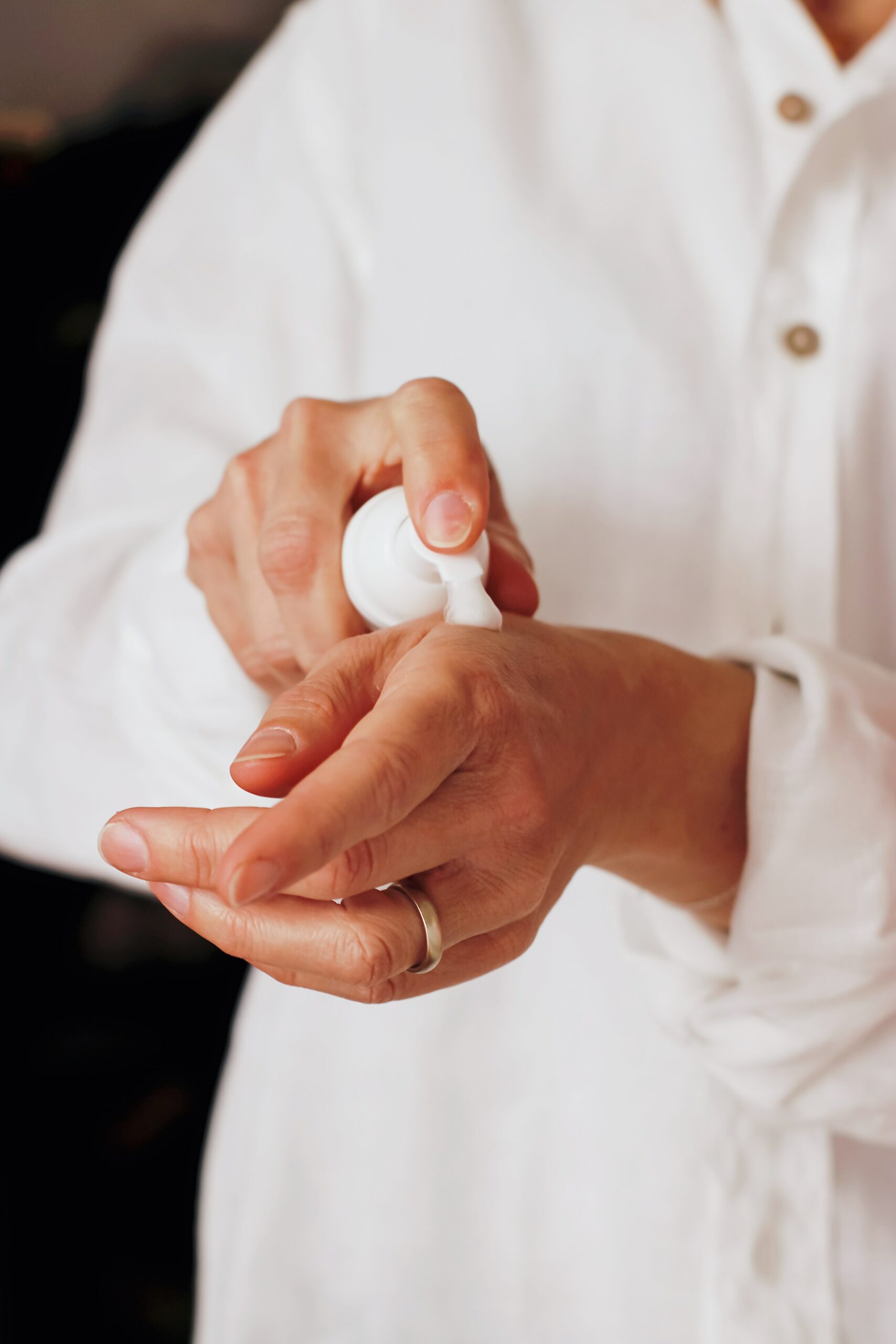Have you ever had patches of skin lighter than your normal tone? The cause may be hypopigmentation. It’s a common condition of the skin, doesn’t pose a severe health risk, and you can manage it. But before seeking treatment, it’s essential to identify the underlying causes.
The skin loses melanin from acne, burn scars, vitiligo, applied chemicals, and cryotherapy. To date, there are no universally accepted treatments for restoring pigmentation to the skin. But check out the causes, the diagnosis, and different treatment options for hypopigmentation.
What is Hypopigmentation?
Getting to know hypopigmentation requires an understanding of how skin gains its color. A melanocyte pigment cell produces melanin, and then melanin gives pigment or color to skin, hair, and eyes. Your skin color changes according to sun exposure and hereditary factors. A pigmentation disorder can also affect the lightness or darkness of the skin.
So, we describe hypopigmentation as a lack of skin pigment. Symptoms can be generalized or localized. It occurs when melanin production reduces, causing loss of skin color after an illness or trauma. The disorder can occur at any stage of life or even from birth.
Can It Be A Sign Of Health Issues?
Although its name is very confusing, it is only a skin condition and not a sign of an underlying illness. If no new symptoms develop and you manage the underlying problem, the lighter areas will fade. In most cases, it takes at least several months, even a year, to resolve. Usually, no treatment is necessary if post-inflammatory hypopigmentation is a temporary problem.
Sometimes, creams can boost the healing process. You may even the discoloration out with careful sun exposure. Over time, the lighter spots on your skin should fade away, making them no longer visible.
Is it Treatable?
Your dermatologist may need to examine a sample of your skin under a microscope (biopsy) after you suspect that something organic is causing the discoloration. Various treatment options are available for hypopigmentation. Yet many people choose not to treat hyperpigmentation because it does not present any bothersome symptoms.
Hypopigmentation can take the following forms:
Vitiligo
The skin will develop smooth, white patches because of vitiligo. Some people experience these patches all over their bodies. Because of the damage to pigment-producing cells, it is autoimmune, and there is no cure for vitiligo. But treatments include:
- Cosmetic cover-ups
- Corticosteroid creams
- Calcineurin inhibitors (Elidel cream, Protopic ointment)
- Ultraviolet light therapies
- Janus Kinase inhibitors as topical treatments are under investigation.
While vitiligo is incurable, specific treatments may reduce its appearance. Light therapy and topical corticosteroids may help, says the American Academy of Dermatology. Corticosteroids can add color to the skin. But, they have side effects and can dry the skin out.
There is an option to treat vitiligo with a laser treatment applied to the skin several times a week for several weeks. This effect is temporary for some people, and the white patches may reappear.
Combining psoralen therapy with light therapy may also treat hypopigmentation. A specialist applies Light treatment to the affected area after medication. They either apply the medication to the skin or administer it orally. Repeat this treatment two to three times a week for up to a year. A combination of psoralen and light therapy is more effective than either alone.
Albinism
Albinism is an inherited condition caused by the absence of the melanin pigment. As a result, skin, hair, and eyes lack pigmentation. Albano’s have a defective gene that restricts their bodies from manufacturing melanin, and it’s incurable.
Since albinos have a greater risk of sun damage and skin cancer, applying sunscreen is best. Disorders like this can affect any race, though whites are more prone to it.
Pityriasis Alba
Hypoplasia, because of pityriasis alba, does not need treatment as well. It’s normal for the patches to disappear on their own. Using a steroid cream may help reduce skin discoloration. The condition can also cause dry and itchy skin. But applying a moisturizing lotion could help.
Temporary Hypopigmentation
These pigment losses are not permanent in most cases but can take a long time for your skin to re-pigment. While the pigment regenerates, cosmetics can cover the area. Loss of pigmentation might occur after:
- A skin infection
- Blisters
- Burns
- Any other skin injury
Hypopigmentation Treatment at Home

- Mix five teaspoons of turmeric with enough mustard oil to form a paste, and apply twice daily to the affected area. Expect results at least after a year. So patience is important.
- If you apply powdered bakuchi seeds in coconut oil on hypopigmented patches over time, these patches can fade away.
- Ginger juice, and especially ginger roots, helps to treat hypopigmentation. For best results, rub ginger directly onto scars with hypopigmentation twice a day.
Is Hypopigmentation Bad For Your Health?
Hypopigmentation, such as albinism and vitiligo, will not shorten your lifespan. Albinos lead a healthy life as long as they protect their skin and eyes from sun damage. Albinism also increases the risk of vision problems. But sunglasses and a wide-brimmed hat can help.
Though hypopigmentation isn’t life-threatening, it can affect emotional well-being leading to low self-esteem and self-confidence. But learning about treatment options and peer support can reduce social and emotional concerns. Some hyperpigmentation cases do not need treatment. For example, after a skin injury, your skin may return to its original color.
When to See a Dermatologist
Seek medical attention if you notice an unexplained single lighter area without a history of any injury, lighter areas on your skin feeling numb, or loss of sensation in a lighter area of your skin.
Contact our team for any condition causing lighter spots on your skin.

